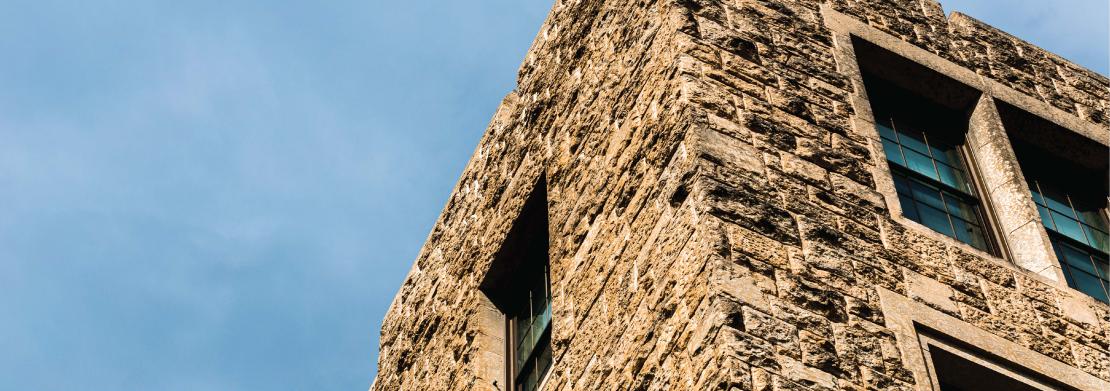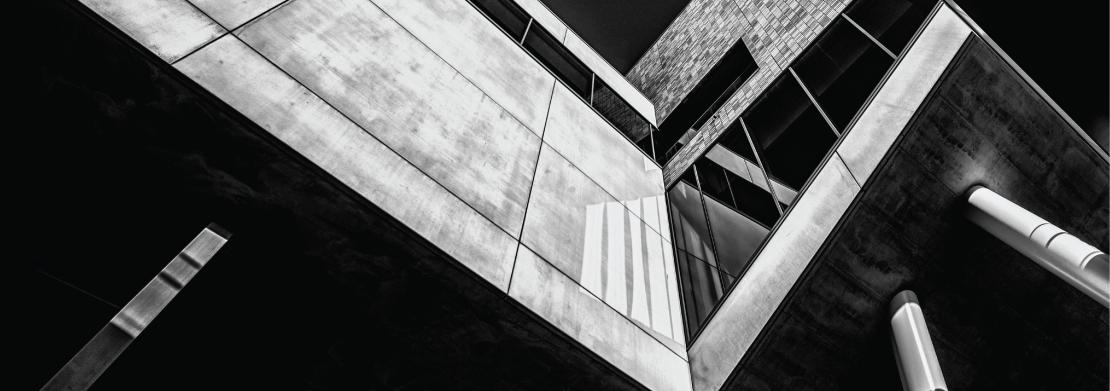Technology and Sustainability in Cypriot Architecture
Asst. Prof. Dr. Ali Tanrıkul, a faculty member at the Faculty of Fine Arts, Design, and Architecture at Cyprus International University (CIU), sheds light on the transformation of architectural practice in Cyprus. He provides insightful evaluations on the role of sustainability, local values, and technology in contemporary design processes. Emphasizing that architecture has moved beyond merely producing buildings and has become a multidimensional field of responsibility, Tanrıkul shares his views on a wide range of topics—from prefabricated systems to algorithmic design. He stressed that technology is redefining the functionality of architecture and underlines that the impacts of the climate crisis have made this transformation both urgent and inevitable. Tanrıkul also emphasizes the need for architectural education, policymakers, and practitioners to come together on a common platform of awareness regarding sustainability.

1. Architecture is increasingly intersecting with sustainability, technology, and social impact. Where do you think the biggest transformation in contemporary architecture is occurring?
The biggest transformation in contemporary architecture is taking place in the strengthening of interdisciplinary approaches and the rise of user-centered design. Architecture is no longer limited to providing aesthetic or structural solutions; instead, social impact, environmental sensitivity, and the integration of technological possibilities have become core components of the design process.
With this transformation, sustainability principles now encompass more than just the use of eco-friendly materials—they involve a broad perspective ranging from urban context to social sustainability. Technology not only facilitates the design process but also redefines the functionality of architecture with smart systems that improve buildings’ energy efficiency. Especially given the effects of the climate crisis, this transformation is both urgent and inevitable.
2. Specifically in the context of Cyprus, how should a relationship be established between contemporary architectural approaches and traditional building practices? How should this transition be managed?
In a geography like Cyprus, rich with layered historical and cultural heritage, the relationship between contemporary architecture and traditional building practices must be both sensitive and strategic. The goal in this process should be to create spaces that meet today’s needs and make use of technological opportunities without denying the values of the past.
The transition process should go beyond visual similarities and take into account materials, scale, texture, and public usage. In particular, reinterpreting local materials and construction techniques through contemporary approaches is crucial for sustainability. This approach not only supports cultural continuity but also makes buildings more compatible with the region’s climatic conditions.
For a healthy management of this transition in Cyprus, architectural education, policymakers, and practitioners must meet on a common ground of awareness. Otherwise, the result is either a superficial “nostalgia aesthetic” or a modernism disconnected from its context.
3. How are prefabricated building systems transforming Cypriot architecture?
Prefabricated building systems are attracting attention in Cypriot architecture, especially in temporary or urgently needed housing solutions, due to their practicality and speed. However, their transformative potential goes beyond speed; these systems also address sustainability criteria such as energy efficiency, waste control, and efficient use of resources.
On an island like Cyprus, with diverse climatic conditions, optimizing prefabricated systems for thermal performance and supporting them with passive systems such as natural ventilation, shading, and sun protection becomes crucial. Such buildings can also offer spatial flexibility in rural areas, paving the way for new living scenarios.
Nevertheless, for this transformation to be meaningful, prefabricated systems must be designed in relation to the local context, avoiding standardized, one-size-fits-all solutions driven purely by economic concerns.

4. Why is the use of natural and local materials in vernacular architecture critical for sustainability?
The use of natural and local materials directly contributes to both the environmental and cultural dimensions of sustainability. In the case of Cyprus, traditional materials like stone, adobe, and wood stand out for being climate-adaptive, durable, and having a low carbon footprint.
When these materials are associated with local production and craftsmanship, they also support the local economy and contribute to social sustainability. Furthermore, because their climatic responses have been tested over many years through local experience, they can yield highly efficient results when supported by modern technologies.
Conversely, when imported materials with high carbon footprints are chosen for transport and implementation, not only environmental but also economic sustainability is negatively impacted. Therefore, an architectural approach that remains rooted in its place and nature contributes to a more resilient building stock in the long term.
5. How do technical details like prefabricated double-skin facades, which improve thermal comfort, positively impact people’s daily lives?
Improving thermal comfort is not just a technical gain; it directly enhances the user experience and quality of life. Prefabricated double-skin facade systems provide stronger insulation, stabilize indoor temperatures, and reduce energy consumption. This means lower energy bills and healthier indoor environments.
In Cyprus, where summers are hot and dry and winters can be humid, such solutions significantly enhance residential comfort. Furthermore, allowing the space to "breathe" and supporting natural ventilation are important for both physical and psychological comfort.
Making these systems accessible, especially for low-income families, can also contribute to reducing energy poverty.
6. What contribution do technologies like cellular automation and algorithmic design make to sustainability goals in architecture?
Cellular automation and algorithmic design approaches contribute to sustainability goals by enabling the processing of complex data, optimal use of resources, and the development of designs shaped by climate data.
These technologies allow performance-based data—such as how a building will receive sunlight, how air flows will be directed, or how shading systems will operate—to be integrated into the design process. This leads to the creation of energy-efficient, climate-responsive structures that enhance user comfort.
In a climate-driven geography like Cyprus, the potential of these digital tools is significant. However, to make these technologies more widespread in local architectural practice, they must be more deeply embedded in education and professional settings. At this point, the data derived from software utilizing such systems can guide decision-making processes, but they must be balanced with the architect’s critical thinking and contextual awareness.
7. What advice would you give to young architects and architecture students, particularly regarding sustainability and technological transformation in the Cypriot context?
My most important advice to young architects and students is to see sustainability not just as an environmental issue, but as a social and cultural responsibility as well. In the context of Cyprus, the scarcity of natural resources and the fragility of the social structure require the architectural profession to be carried out with a sensitive and multidimensional approach.
They should view technology not merely as a tool for innovation, but as a means to enhance spatial quality, accessibility, energy efficiency, and social inclusiveness. At the same time, recognizing local values and reinterpreting them in a contemporary language is essential for a sense of belonging and for sustainable practice in architecture.
Therefore, my recommendation is this: Build bridges between high technology and local knowledge. Learn from tradition but look toward the future. See architecture not just as building design, but as the art of enhancing the quality of life.